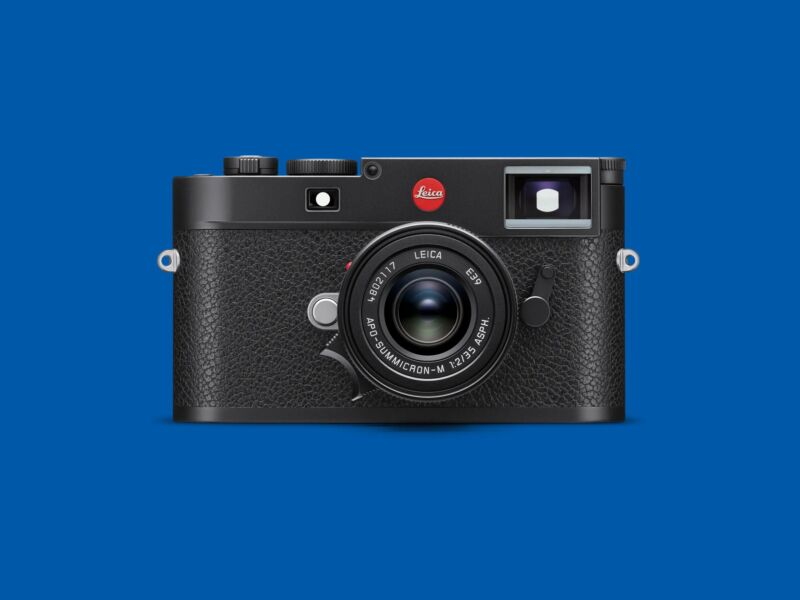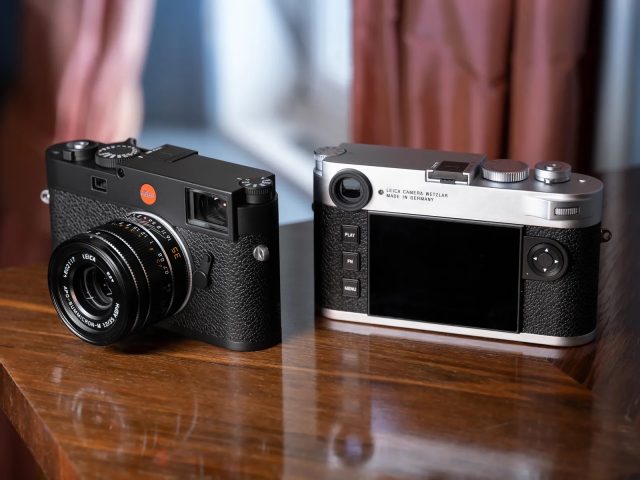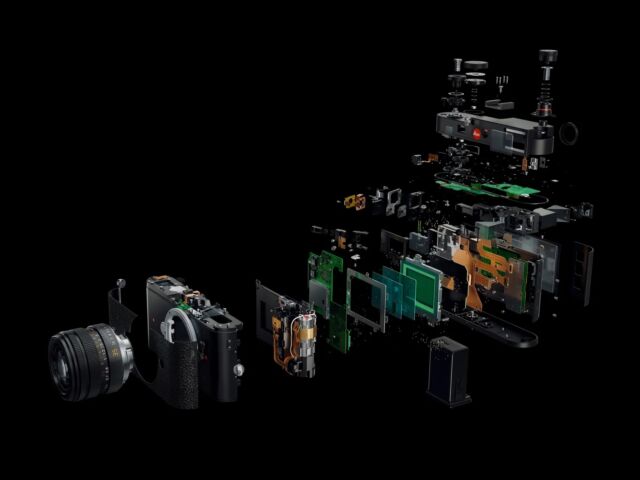Innovation has essentially eliminated human capacity from the method involved with snapping a photo.

Leica's new M11 computerized rangefinder camera should come from an altogether unique period.
Try not to misunderstand entirely me; the innovation within it causes it to feel bounty present day.
The M11 has a high-goal sensor (a 60-megapixel posterior enlightened full-outline CMOS sensor to be exact), refined metering instruments, and, surprisingly, a portion of the standard computerized accessories of cameras in our age.
Be that as it may, in numerous ways, it works like the film cameras your folks possessed. It shows contempt for self-adjust, it doesn't catch video, and it's completely glad to acknowledge focal points that are many years old.
More than that, however, the Leica M11 simply feels like, indeed, an old Leica.
The new M11 is a lot of consistent with the legacy of the M series camera, which sent off during the 1950s and went computerized in 2006.
It's conservative and downplayed, a container to which you connect a focal point.

The M11 is additionally consistent with its inheritance with regards to value, which is high.
The retail cost of $8,995 is more than the vast majority of us are truly going to spend on a camera.
Furthermore, that cost is only for the camera body; Leica focal points, which range from $2,500 to $12,000, are sold independently.
Be that as it may, in any event, for those of us who can't manage and won't ever possess a Leica M11, I think this is a gadget we ought to notice and discuss.
It merits more conversation than a straightforward item survey.
This is on the grounds that the M11 shows that the specialists at Leica are attempting to keep something alive, something that I think the remainder of the camera world has neglected: that the camera doesn't make any difference, but instead the photos matter.
The camera is only an instrument, and any apparatus is just pretty much as great as the individual utilizing it.
A wrench is only a wrench.
Some wrenches might be preferable over others, however if you need to do anything valuable with a wrench, you really want an individual with the expertise to utilize a wrench.
That expertise could come in various structures and appearances.
I realize how I'm doing an attachment wrench in a gas powered motor, however I have no expertise at all while utilizing a pipes wrench on the lines in the storm cellar.
Similarly, a camera shows some major signs of life when it's gotten by an individual with the expertise to utilize it.
Put an obsolete computerized camera from the mid 2000s in Maggie Steber's hands and chances are you'll wind up with an extraordinary picture.
Put the fresh out of the plastic new Leica M11 in my grasp and its chances are less positive to get an extraordinary picture.
Leica credited me a M11 and I shot with it for multi week.
The explanation I say the Leica M11 feels more like a film Leica than a cutting edge computerized camera isn't on the grounds that it isn't proficient but since being utilized related to human skill has been designed.
In particular, your abilities as a photographic artist.
Cameras are progressively intended to eliminate the human component from the demonstration of snapping a photo.
With the expansion throughout the course of recent many years of highlights like self-adjust, auto white-balance change, and auto light metering, the designing exertion of most camera producers has gone into supplanting the learned options of the singular photographic artist with calculations.
These calculations transform the demonstration of delivering an extraordinary picture into something at this point not a test you should ascend to or adjust to however a progression of choices you can pick between.
 This is the way numerous mechanical progressions have taken in our consumerist society, where hard-acquired human abilities are disconnected into a bunch of highlights that case to eliminate the requirement for expertise.
This is the way numerous mechanical progressions have taken in our consumerist society, where hard-acquired human abilities are disconnected into a bunch of highlights that case to eliminate the requirement for expertise.
But, a few photos are superior to other people.
Or, in other words, human expertise and human experience are as yet important to make extraordinary photos.
This is valid on the two sides of the situation. A few photos recount to a story so well that specialized flawlessness isn't required.
Nobody takes a gander at the dramatization in a picture of two falcons in flight, locked together by their claws and thinks, hello, the white equilibrium is a little off there.
On the other side, no measure of self-adjust speed will make your picture recount a story on the off chance that you have no story to tell.
The Leica comes from a period before picture-taking had transformed into a method for social endorsement, when photography was about account, dramatization, and pressure.
It recounted stories the world expected to hear, stories the world could not have possibly had the option to hear differently.
Crafted by photographic artists like Sebastião Salgado brought the world into my protected secondary school photography class in a manner dissimilar to everything else I'd at any point seen.
I would sit for a really long time leafing through his book, An Uncertain Grace, gazing at similar photos a large number of days until I knew each edge of them.
Same with Susan Meiselas, whose occasionally incredibly merciless pictures brought back the contentions in Central America such that the carnival of Oliver North on TV (which occurred around a similar time) never could and never would.
Television was disinfected. Meiselas' photography assortment singed crude feeling onto the page such that no watcher could neglect to comprehend.
These were the things that made me need to be a photographic artis

I would rather not give the feeling that nobody is doing the sort of work Salgado and Meiselas did.
There are a lot of genuinely extraordinary photographic artists working today.
As a matter of fact, the victor of the Leica Oscar Barnack Newcomer Award for 2021, Emile Ducke, is an extraordinary model.
Watch this video interview with him. You will see that nobody asks him which camera he utilizes.
You know what nobody asked Salgado back in his day?
Nobody asked him which camera he utilized. Nobody asked Meiselas what focal points she liked, in light of the fact that it didn't make any difference.
The pictures are the only things that are in any way important, and we as a whole realize that simply possessing a Leica M series camera — which it turns out both Salgado and Meiselas utilized, at minimum a portion of the time — won't get you those pictures.
Practice, insight, tutelage, reflection, and more practice, generally more practice, is the manner by which you get those pictures.
That is the reason I couldn't say whether you ought to purchase the Leica M11.
It's an obstinate camera. It will not thoroughly take care of you. You must offer stores of expertise that might be of some value.
You must concentrate on your environmental elements, contort the dials, then, at that point, turn the center ring.
It's a camera from an alternate time, when what made a difference was the picture.
The most noteworthy commendation I can give any instrument is the recognition I'll give the M11: It did what I requested that it do.
It won't ever come up short. I flopped bounty, however the instrument continued to be the apparatus, sitting tight for me to adapt to the situation.








0 Comments
Write a comment if you liked the topic